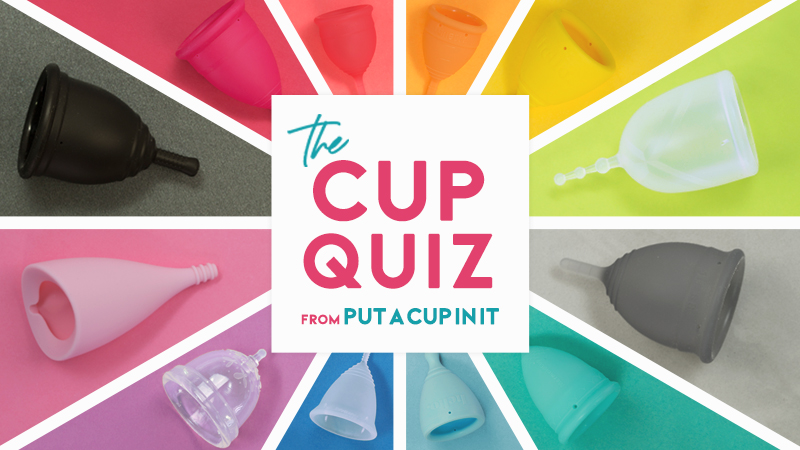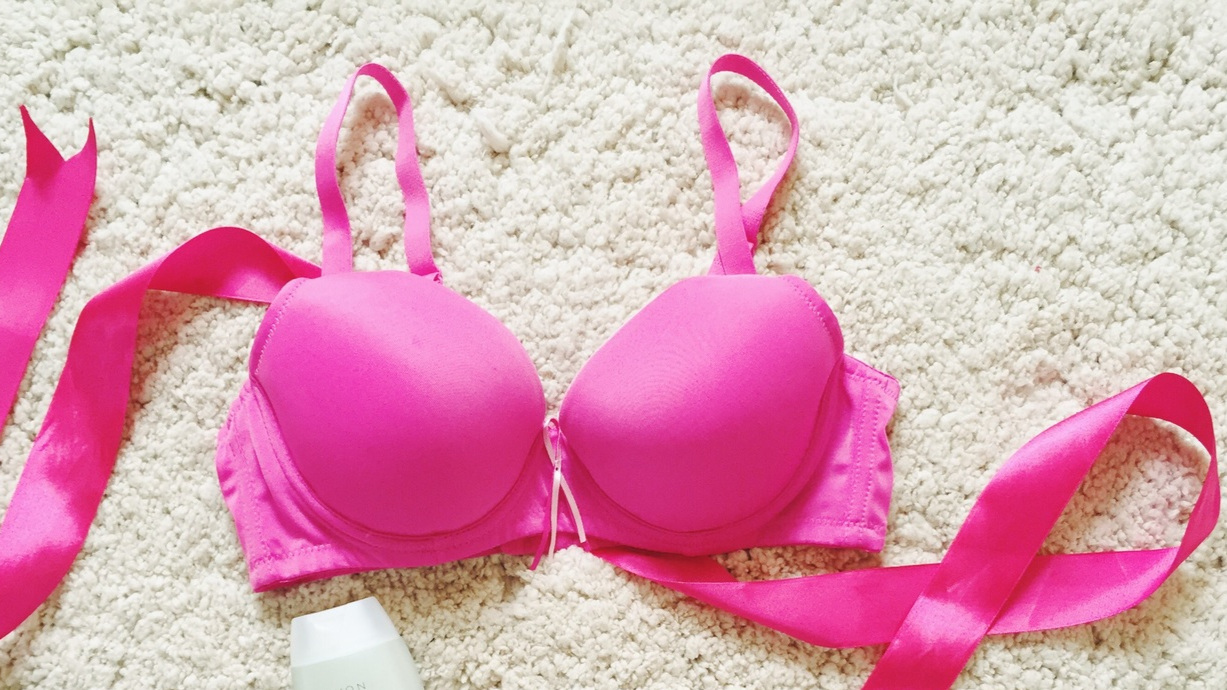How to choose a menstrual cup and where to buy it in the Philippines
It’s been three years since I switched to using a menstrual cup, and it has made getting my period so much more bearable. I no longer need to worry about my napkin leaking or paranoid about getting toxic shock syndrome (TSS) from my tampon. Using a cup is so much more comfortable than the other two options since there are no strings or thick paddings to deal with! And it does make me feel better knowing that menstrual cups are a more environment-friendly option for dealing with my monthly period.
Over at the Project Vanity Community Facebook group, we have a discussion thread for people who are interested in making the switch. Probably the most common question that we get is: which is the best cup to use? Well, there is no right answer to this question! Just as the best makeup and skincare will vary from person to person, the best menstrual cup for you is the one that fits you best. There are several factors that you have to consider before buying a cup, so let’s help you find your HG!
Finding your perfect fit
Choosing a cup really is a challenge since you can’t see what you’re shopping for, but there are ways to get a better idea of the kind of cup you need. This quiz by Put A Cup In It is a popular tool for matching you with a cup. It asks you questions about how heavy your period is, the kind of lifestyle you lead, if you’ve ever given birth vaginally, and the length of your cervix.
To measure cervix length, insert a clean finger into your vagina and feel for the cervix, which has a donut-like shape. The placement of your cervix actually changes throughout your cycle (it can move even during your period!) so you may need to repeat this a few times. If you can reach your cervix with your finger inserted up to the first knuckle, this usually means that your cervix is placed low. If you need to reach higher or can’t feel your cervix at all, this may mean that your cervix is high. The length of your cervix determines if you’ll need a short cup or a long one.
The quiz results will match you to menstrual cups registered with the USFDA (US Food and Drug Administration), and you can explore your options from there. You can read up on the brands recommended for you, and use the cup sizes as reference for what to buy. Following the quiz results won’t necessarily guarantee that the cup you buy will be a perfect fit, but it helps to narrow down your choices and gives you an idea of what to look for in a cup.
USFDA-registered menstrual cups (photos from brand sites)
Making a smart purchase
The quiz results only include brands with FDA clearance as this certifies that the material used have passed strict medical guidelines. In the US, menstrual cups are considered as Class II medical devices which means they are made of medical grade materials. They don’t require FDA approval, but must be FDA-registered. Here are some of the USFDA-registered brands that are available locally:
Blossom (P1,250 at babymama)
Lena (price upon request at LavenderShop)
Lily Cup (P2,100 at Mama Way)
Lunette (P2,200 at Mama Way)
Meluna (P1,000 at Mama Way)
Saalt (price upon request at LavenderShop)
Local menstrual cups (photos from brand sites)
You may have also seen some local cup brands available online and in eco stores. Unfortunately, our local FDA does not regulate menstrual cups, so it’s difficult to determine if their cups are really made from medical-grade silicone.
Earth Saver Cup (P575 at BeautyMNL)
Anytime (P700-P875 at BeautyMNL)
Easyflo (P899 at BeautyMNL)
Sinaya Cup (P1,199 at Sinaya Cup)
Pomé (P1,799 at BeautyMNL)
Cheap cups on Shopee
Being sure is staying safe
But what about those super cheap menstrual cups you find in Shopee for less than P500? If you’re not sure if you want to switch yet and just want to give cups a try without spending a lot, the prices of these cups can be a tempting deal. PLEASE DO NOT BUY THEM.
These generic or cheap cups are often fakes of more popular brands, and they’re often made with cheap plastic or other materials that haven’t been properly checked for safety. Some may claim to be made from medical grade silicone or “FDA-approved silicone” but if the brand doesn’t appear on the FDA database, that’s false advertising. Please don’t risk your health over saving a few pesos - after all you’ll be inserting the product into your vagina! Just as in buying cosmetics, if the price seems too good to be true, it probably is.
A menstrual cup may seem like a big investment, but it can actually be cheaper than napkins when you compute the cost per use because a good quality cup can last for years. If you happen to buy a cup that doesn’t fit you properly, don’t be discouraged. Try using it for a few cycles to be sure you’re not just adjusting or haven’t found a comfortable position yet.
Have you switched to menstrual cups? Which brand do you use?
Resources: The Period Co, Put A Cup In It
Images from brand websites. Collage imagesby Nicole Quindara.















